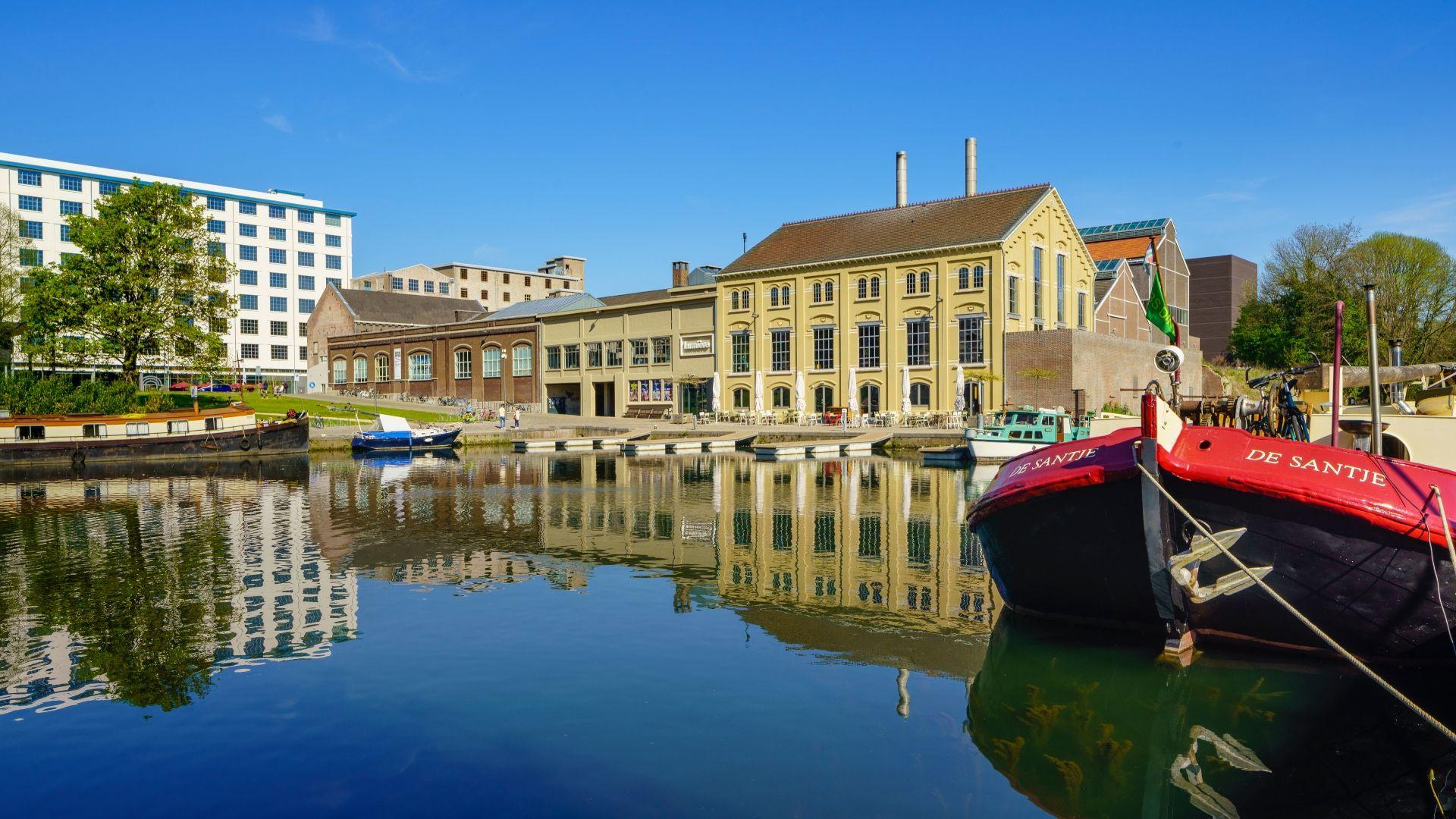From ceramics to culture: Get to know Sphinxkwartier Maastricht
The Sphinxkwartier is one of the new neighborhoods of Maastricht. However, "new" isn't the right word. The Sphinxkwartier is a cultural district on the spot where Maastricht's ceramics industry was once located.
A place with a lot of history. But it's not just history that counts here. No, in this neighbourhood, history and future meet. A portrait of the Sphinxkwartier. A few tens of meters from the Markt in Maastricht, there is a huge, white building. High, stately, with lots of glass. Students, young entrepreneurs and music lovers walk around the building. A couple comes out with a bag of designer items. A young couple peers through the window at the daily program of the cinema adjacent to the building. Nothing here reminds us of what once predominated here: factories, ovens, workers. Just that name: Sphinxkwartier.
(header photo: Fred Berghmans)
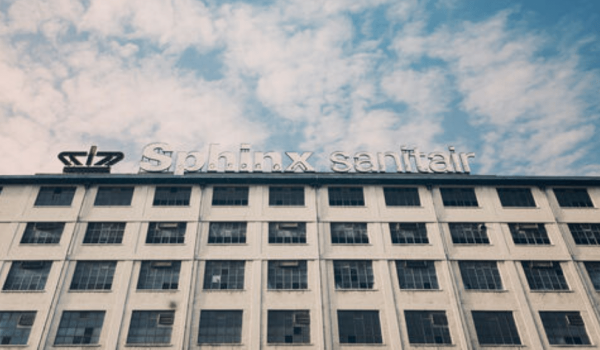
Bustling culture district
The Sphinxkwartier is a bustling cultural district on the edge of the center of Maastricht. The Eiffel building - that gigantic white building - is the eye-catcher and the hub of the neighbourhood. The heart of the Maastricht ceramics industry once beat here - 'the N.V. Sphinx' - set up by the Regout family. In the mid-nineteenth century, more than 2,000 people worked here. Usually not in good circumstances, by the way. The Regout family even had children work in the kilns used to make the ceramics.
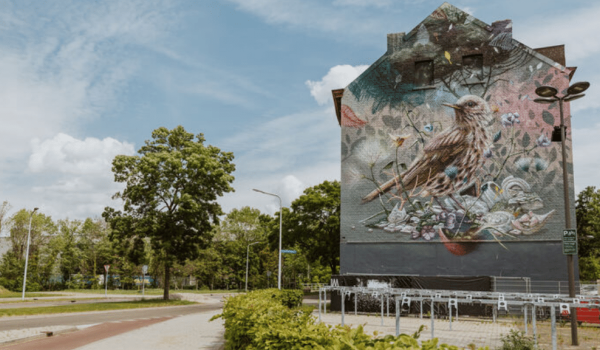
Symbolic for new Maastricht
The change from a factory site to a cultural district took almost a century. It also shows the change of the city of Maastricht. While the capital of Limburg is now mainly known for its monuments, gastronomy, the university and the many conferences, in the previous centuries it was a real industrial city. Near the N.V. Sphinx also a paper factory and a glass factory. A large part of the industry has now moved elsewhere or has closed its gates for good.
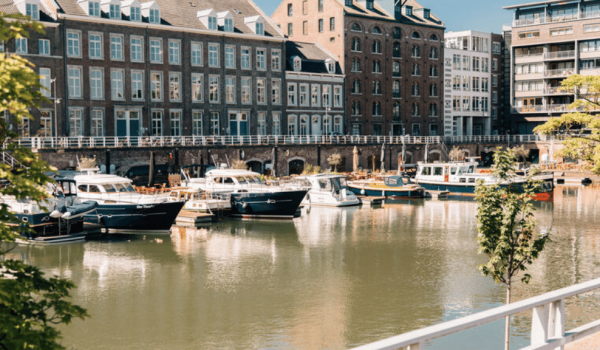
New interpretation for old terrain
That also applies to the Sphinx factory. In 2006 the company left Maastricht for good; the company that took over the factory is located in Switzerland. This also led to the first plans for a new interpretation of the area. Since 2013, work has been done steadily on a redevelopment of the site. The Eiffel Building was refurbished for more than 20 million. There is now space in the building for The Student Hotel, Bold rooftop bar, various offices and shops and exhibition spaces. Directly next to the building is a brand new Pathé cinema - in an adjacent factory building - the design store Loods5.
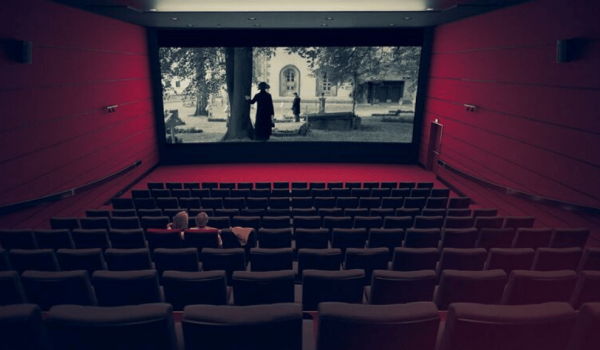
Sphinxkwartier cultural hotspot
Ook aan de overkant van de Boschstraat is veel gebeurd. De oude Timmerfabriek, recht tegenover het Eiffelgebouw, is verbouwd tot culturele hotspot. Eén deel van het complex wordt bezet door het filmhuis Lumière; het ander door popzaal de Muziekgieterij. Door de nieuwe bestemmingen voor de oude fabriekspanden, heeft de hele omgeving een nieuwe impuls gekregen. Enkele jaren geleden was dit een vergeten stukje Maastricht, nu is het een bruisend verlengstuk van het culturele én uitgaansleven van Maastricht.
A lot has also happened on the other side of Boschstraat. The old Timmerfabriek, right opposite the Eiffel building, has been converted into a cultural hotspot. One part of the complex is occupied by the Lumière cinema; the other by popzaal de Muziekgieterij. The new uses for the old factory buildings have given the whole area a new impulse. A few years ago this was a forgotten part of Maastricht, now it is a vibrant extension of the cultural and nightlife of Maastricht.
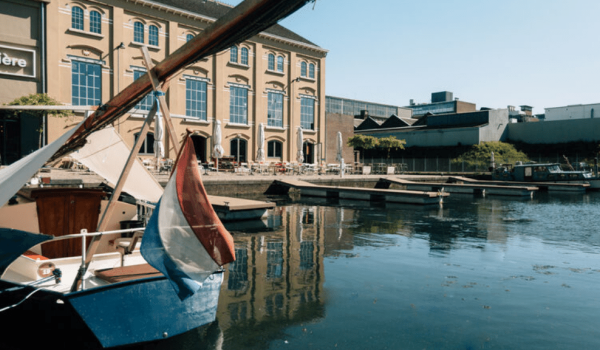
Essentially different from Vrijthof
The Sphinxkwartier is fundamentally different from those other attractions in Maastricht: the Vrijthof, the Markt, Wyck or the Onze Lieve Vrouweplein. It is not only historical and Burgundian. So is the Sphinxkwartier. But it is mainly the mix that makes it special. A mix of Maastricht's industrial history with contemporary culture and lifestyle, all in an impressive setting.
Tip: take a city walk with a local guide to discover this special part of Maastricht. In addition, it is nice to visit the Frontenpark and the Sphinxpassage if you are in the area.
